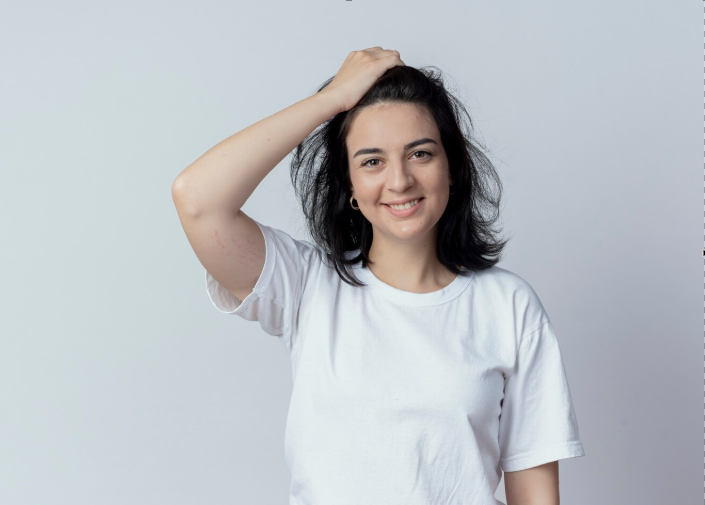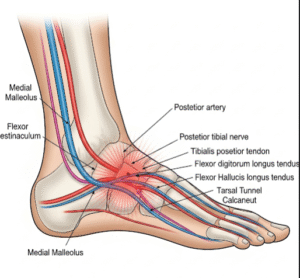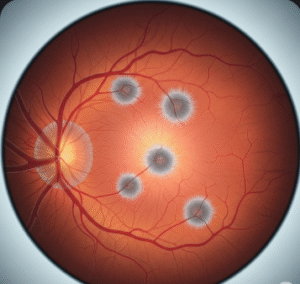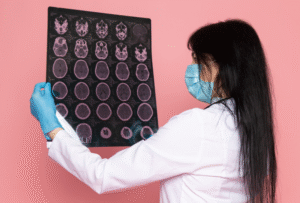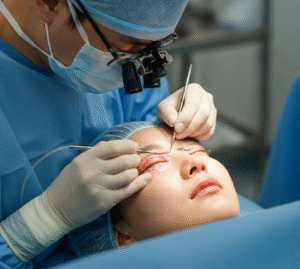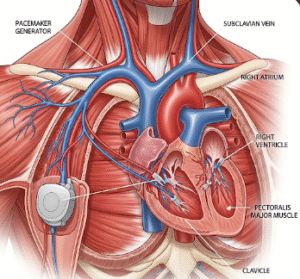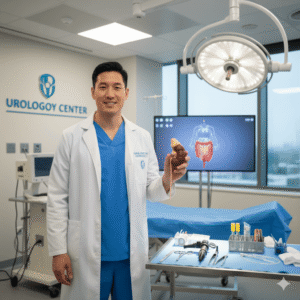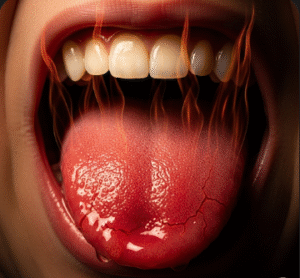What It Is
The Follicular Unit Extraction (FUE) hair transplant is a minimally invasive surgical procedure that relocates individual hair follicles from the donor area (usually the back or sides of the scalp) to thinning or balding regions. Unlike FUT (strip method), FUE involves extracting follicles one by one, leaving minimal scarring and allowing faster recovery.
In Korea, FUE hair transplant is among the most sought-after procedures for both men and women experiencing hair loss. Korean clinics are internationally recognized for their advanced techniques, high graft survival rates, and natural-looking results. Many clinics also integrate regenerative medicine technologies, such as stem cell therapy and platelet-rich plasma (PRP), to enhance outcomes.
Why It’s Done
Medical & Cosmetic Purposes:
- Treats androgenetic alopecia (male or female pattern baldness)
- Restores receding hairlines, thinning crowns, or bald patches
- Helps with eyebrow, beard, and sideburn restoration
- Corrects scarring-related hair loss (injuries, burns, or surgery scars)
Patient Considerations:
- Best suited for individuals with adequate donor hair density
- Common among men in their 20s–50s and women with diffuse hair thinning
- Chosen by international patients seeking discreet treatment with natural outcomes
Alternatives
- Medications: Minoxidil and finasteride for slowing or preventing further hair loss
- PRP Therapy: Uses the patient’s own plasma to stimulate dormant follicles
- Scalp Micropigmentation: Non-surgical tattooing technique that mimics hair density
- FUT (Strip Method): An alternative transplant technique, but with more noticeable scarring
- Hair Systems (Wigs/Toppers): Non-surgical, temporary solution
Preparation
Patients preparing for FUE in Korea typically undergo:
- Consultation: Hair density analysis, scalp evaluation, and donor site assessment
- Medical History Review: To rule out underlying conditions that may affect healing
- Lifestyle Adjustments: Stop smoking, alcohol, and blood-thinning medications before surgery
- Hair Preparation: Shaving of donor area is usually required for efficient follicle extraction
How It’s Done
Type: Minimally invasive surgical procedure, performed under local anesthesia with sedation
Duration: 4–8 hours depending on graft numbers
Procedure Steps:
- Donor area is trimmed and numbed with local anesthesia
- Individual hair follicles are extracted using a fine punch tool (0.7–1.0 mm in diameter)
- Tiny incisions are made in the recipient (balding) area
- Follicles are implanted strategically to match natural growth patterns and hairline design
- The donor area heals with tiny dot scars, nearly invisible with short hair
Hospitalization: Outpatient; patients return home the same day
Recovery
- First Few Days: Mild redness, swelling, or scabbing at donor and recipient sites
- Activity: Normal daily activities within 2–3 days; avoid heavy exercise for 1–2 weeks
- Shedding Phase: Transplanted hairs fall out within 2–4 weeks (normal process)
- New Growth: Begins at 3–4 months, with significant improvement by 6 months
- Final Results: Visible at 9–12 months, with permanent hair growth
Possible Complications
- Mild swelling or discomfort at donor/recipient sites
- Temporary numbness or itching in the scalp
- Folliculitis (minor infection of hair follicles)
- Shock loss (temporary shedding of surrounding native hair)
- Uneven density if poorly planned (rare in Korea due to expertise)
Treatment Options in Korea
Diagnosis
Korean clinics use advanced diagnostic methods such as:
- Trichoscopy & Hair Density Mapping for precise graft planning
- 3D Imaging Software to design hairlines and simulate outcomes
- Blood & Hormone Tests when necessary to identify underlying causes of hair loss
Medical Treatments
- Prescription medications (finasteride, dutasteride, minoxidil)
- PRP injections to support hair regrowth
- Low-level laser therapy (LLLT) for scalp health
Surgical or Advanced Therapies
- Standard FUE: Manual or motorized extraction of follicular units
- Robotic FUE: Assisted by robotic systems for precise graft harvesting
- Dense Packing Techniques: For natural-looking high-density hairlines
- Body Hair Transplantation (BHT): Donor follicles taken from chest, beard, or other areas if scalp supply is insufficient
- Combination Procedures: FUE combined with PRP or stem cell therapy for improved graft survival
Rehabilitation and Support
- Regular follow-ups for graft survival checks
- Specialized scalp care treatments to promote healing
- Hairline maintenance and scar management services
- International patient support: translation, transport, and post-procedure recovery assistance

